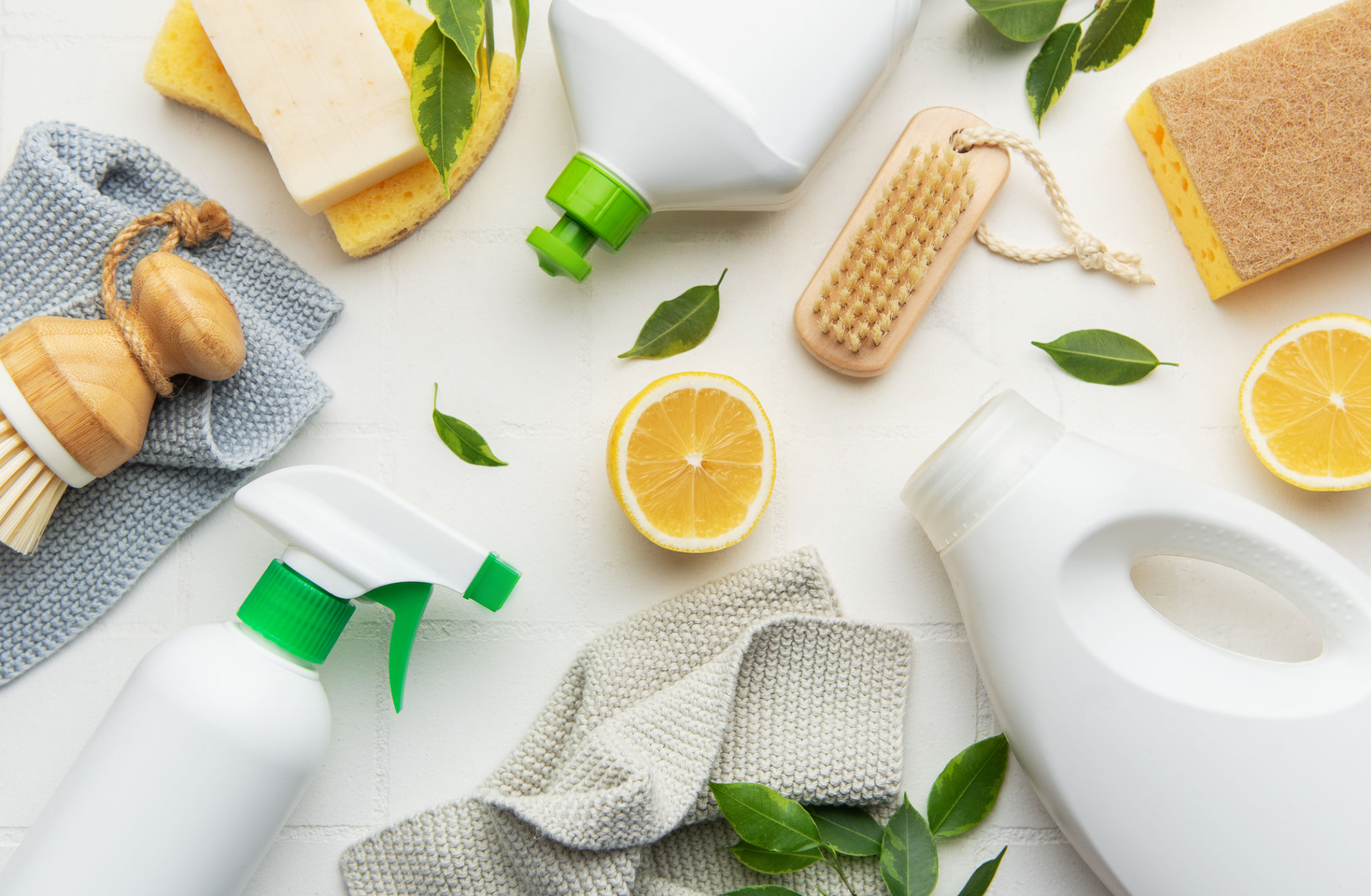Safe Cleaning Alternatives: What You Need to Know
Understanding the Need for Safe Cleaning Alternatives
In recent years, there has been a growing awareness of the potential hazards associated with traditional cleaning products. Many of these products contain harsh chemicals that can be harmful to both human health and the environment. As consumers become more conscious of their choices, the demand for safe cleaning alternatives has increased significantly.
Safe cleaning alternatives offer a way to maintain cleanliness and hygiene in your home while minimizing exposure to toxic substances. These alternatives are not only better for your health but also contribute to a more sustainable and eco-friendly lifestyle.

The Benefits of Switching to Eco-Friendly Products
Switching to eco-friendly cleaning products comes with a range of benefits. Firstly, they are often made from natural, biodegradable ingredients that are less likely to cause allergic reactions or respiratory issues. This makes them a safer choice for households with children, pets, or individuals with sensitivities.
Additionally, eco-friendly products are typically packaged in recyclable or biodegradable materials, reducing waste and promoting sustainability. By choosing these products, you are contributing to the reduction of harmful chemicals in our water systems and helping protect wildlife and natural habitats.
Exploring Natural Cleaning Ingredients
Many safe cleaning alternatives utilize simple, natural ingredients that you may already have in your home. Some popular options include:
- Vinegar: Known for its acidic properties, vinegar is effective in cutting through grease and eliminating odors.
- Baking Soda: This versatile ingredient can be used as a gentle abrasive to scrub surfaces clean.
- Lemon Juice: The natural acidity of lemon juice makes it great for disinfecting and adding a fresh scent.

DIY Cleaning Solutions You Can Make at Home
Creating your own cleaning solutions at home is not only cost-effective but also allows you to control the ingredients used. Here's a simple recipe for an all-purpose cleaner:
- Combine one part vinegar with one part water in a spray bottle.
- Add a few drops of your favorite essential oil for fragrance (e.g., lavender or tea tree oil).
- Shake well before use and spray onto surfaces before wiping clean with a cloth.
This DIY cleaner is perfect for countertops, floors, and other hard surfaces. Remember to test it on a small area first to ensure compatibility with your surfaces.
Understanding Labels and Certifications
When shopping for safe cleaning alternatives, it’s important to understand labels and certifications. Look for products that are certified by organizations such as Green Seal or the Environmental Working Group (EWG), which assess the environmental impact and safety of products.

Additionally, reading ingredient lists can help you avoid products with harmful chemicals. Be cautious of vague terms like "fragrance," which can hide a multitude of synthetic chemicals. Opt for products that clearly list their ingredients and prioritize transparency.
Making the Transition Seamlessly
Switching to safe cleaning alternatives doesn’t have to happen overnight. Start by replacing one or two products at a time. This gradual transition allows you to experiment with different options and find what works best for your household needs.
As you make the switch, take note of any changes in your indoor air quality or any differences in cleaning effectiveness. With time, you'll likely find that these alternatives offer the same, if not better, results than their chemical-laden counterparts.
